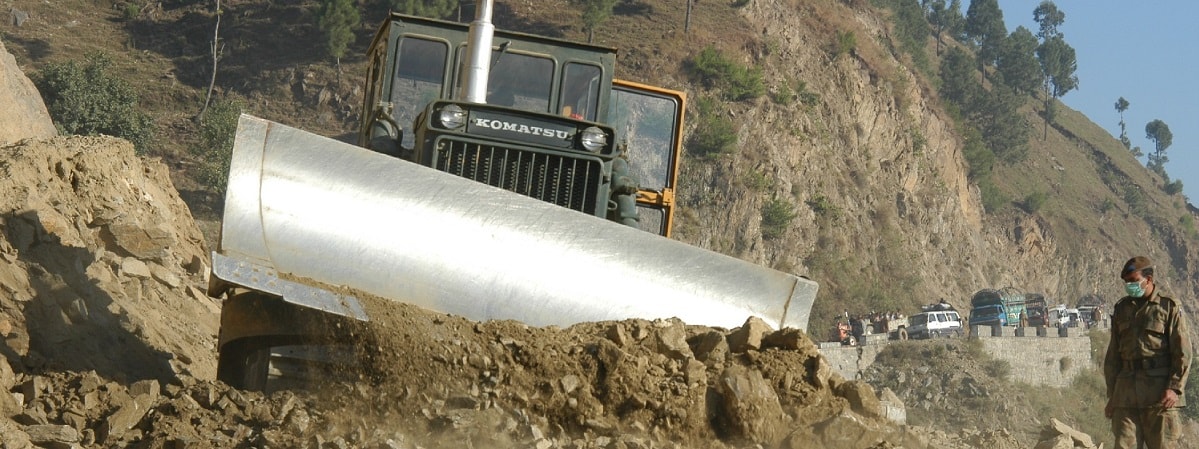Landslides: Information & Facts
 Though most landslides in Canada are quite small, there are thousands across the country each year.
Though most landslides in Canada are quite small, there are thousands across the country each year. Preparing for Landslides: Before, During & After
Landslide Basics
Landslides occur when earth slides down the side of a hill or mountain, often carrying with it rocks, plants and other debris. Landslides are often the result of heavy rain or snow melt, and therefore tend to significantly increase the damaging effects of flooding.Areas that have been struck by wildfires can also be more at risk of landslides. Earthquakes and volcanic eruptions sometimes trigger landslides as well.
Landslides can range widely in speed, from very slow to dangerously rapid. Large landslides only occur approximately every 10 years in Canada.
They occur across all regions, but the most destructive landslides happen in the mountain ranges of British Columbia and Alberta, as well as some parts of Quebec and Ontario.
With proper planning and preparation, you and your family can remain safe and comfortable during a landslide.
Stay informed during landslides
Learn about the risk of landslides in your area. Given that landslides are so often tied to heavy precipitation, you can also monitor Environment Canada’s Public Weather Alerts site for updated weather warnings. Local weather reports are another great way to stay informed on landslide risk levels in your area.
After a Disaster
Recovering after a disaster can be overwhelming. Check out what resources the Red Cross has to offer.
Get an Emergency Kit
Getting or making a kit is the final step in being ready for any emergency. Find out what you need to put in it.
